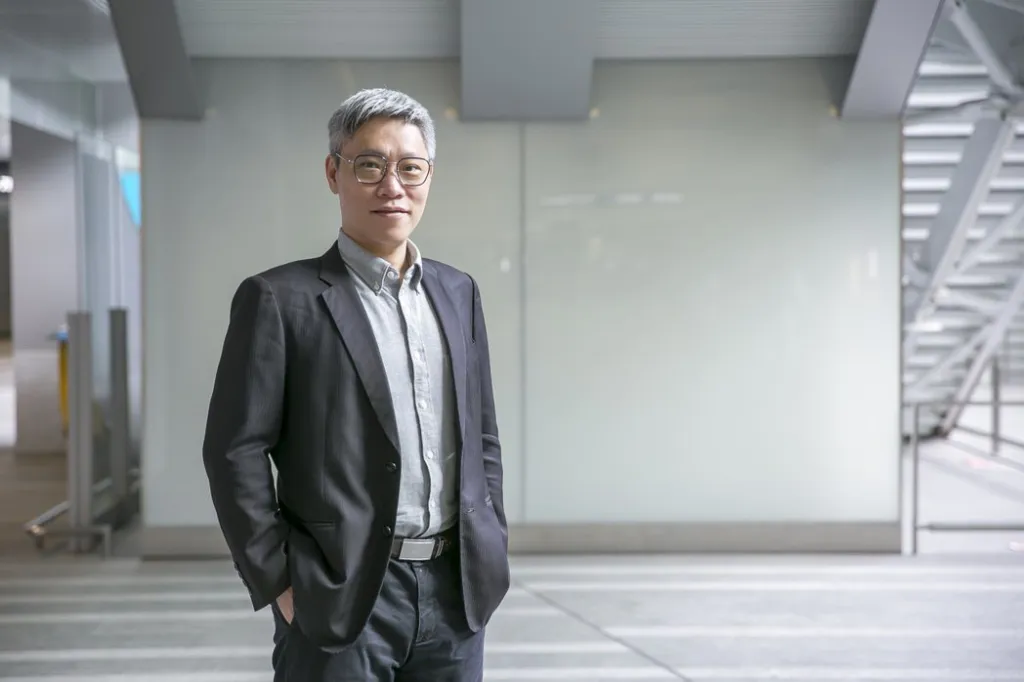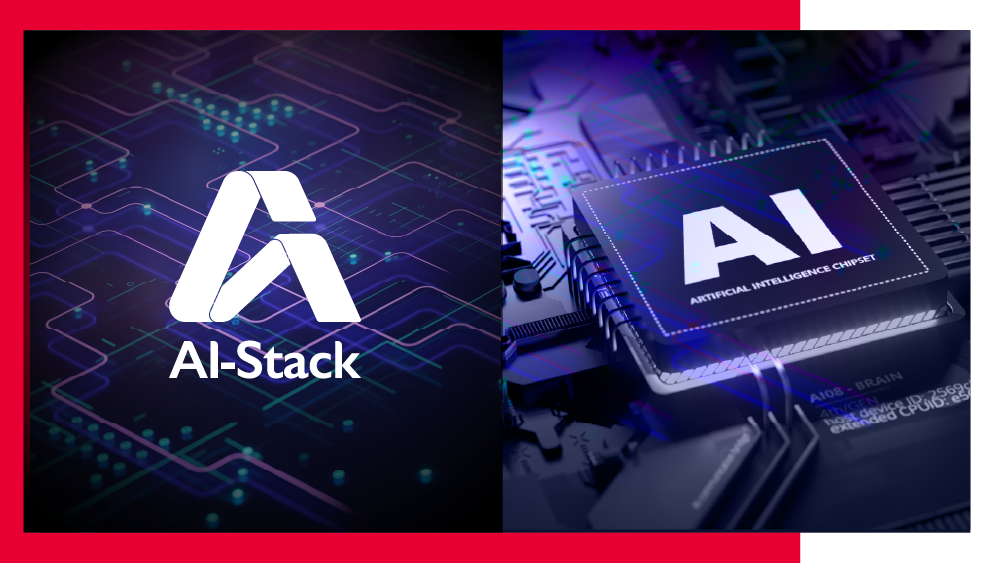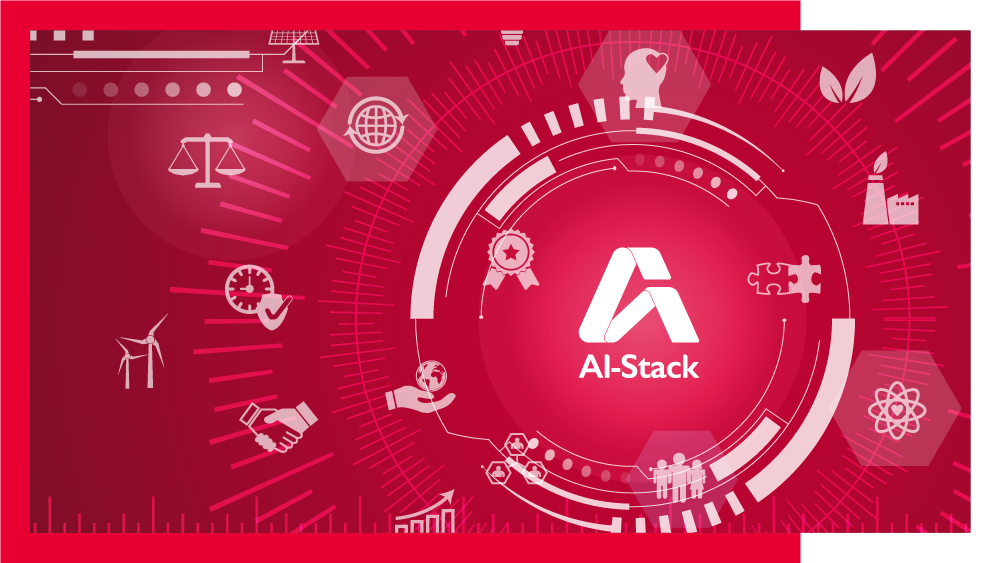__25A02inyfC.png)
INFINITIX's AI-Stack: Rapidly Generate AI Development Environment in 1 Minute

As more research institutions invest in artificial intelligence (AI) research, the popularity of GPUs continues to rise due to their ability to support the massive computing power required for AI training. However, compared to x86 architecture, GPU resource management tools are relatively lacking, making resource allocation and usage situations opaque. This has led many institutions to question the return on investment, slowing down the pace of resource expansion, which is unfavorable for AI development in the long run.
To address this, INFINITIX, with experience from the TWGC (Taiwan GPU Cloud) project at the National Center for High-performance Computing and deep knowledge of GPU resource allocation technology, launched AI-Stack in 2018. AI-Stack is positioned as a shared AI computing platform, excelling in the coordinated management of multi-GPU server computing power. It can help research institutions’ R&D, finance, or procurement managers easily grasp the allocation status of every GPU resource through statistical charts, effectively improving utilization and boosting project output performance.
“To make AI practical and cross the threshold, resources must be used effectively,” says Wen-Yu Chen, General Manager of INFINITIX. AI-Stack not only helps strengthen resource allocation, providing a basis for internal cost-sharing but more importantly, it also has the advantage of “automatic provisioning,” capable of building the development environment researchers want in just one minute. This allows valuable GPU resources to be put into production quickly, generating the greatest contribution for the institution.
Improve resource allocation efficiency and establish a cost-sharing basis
Professional GPUs come at a high price, and research institutions, seeking maximum computing power, often equip each server with numerous GPU cards—ranging from 4 to 8, or even more than 10—driving up investment costs. Given the substantial expense, managers naturally expect to fully utilize every bit of GPU power.
Once AI-Stack is implemented, managers can clearly see how many GPU resources each department is using and which research projects they support. This transparency allows managers to easily track costs and contributions from each department. AI-Stack also enables managers to allocate different GPU types (e.g., Tesla, Quadro, and GeForce) for specific tasks, such as assigning GeForce cards to small experiments and Tesla to model training, ensuring more precise resource distribution and improving ROI.
On the other hand, researchers often need to experiment with various algorithms and build different environments for each project. If results don’t meet expectations, they must start over, reconfiguring the OS, GPU, drivers, containers, and downloading libraries, dependencies, and development tools—each cycle taking at least half a day to a day. The more iterations, the longer the GPU resources sit idle.
In contrast, AI-Stack allows researchers to set up the environment in a fraction of the time—usually under a minute, or at most 5 minutes. Chen Wenyu explains that AI-Stack offers an intuitive graphical interface, where users can easily select hardware levels, software stacks (such as TensorFlow, PyTorch, Caffe2, etc.), and even configure SSH keys, passwords, or additional libraries and tools like Jupyter Notebook, Jupyter Lab, and TensorBoard. Once the selections are made, the system automatically sets everything up in the background
Lower AI learning barriers and accelerate project execution
The automatic provisioning mentioned above is expected to create multiple benefits. For developers, it not only quickly establishes an experimental environment but also provides environmental autonomy, helping to save on many complex tasks, lowering the AI learning threshold, and allowing focus on R&D work.
As for managers, they can benefit from the “highly integrated hardware and optimally matched software” implicit in automatic provisioning, ensuring the system maintains high availability and reducing operational management issues. Moreover, they no longer need to worry about developers requesting assistance with complex tasks like installing TensorFlow, as these are not typically the expertise of system administrators. In short, the implementation of the AI-Stack platform will benefit different personnel in research institutions equally.
Chen points out that AI-Stack supports continuous horizontal expansion of computing and storage resources. Therefore, INFINITIX is actively negotiating partnerships with storage equipment manufacturers to enable AI-Stack to smoothly land AI computing data on storage devices. More impressively, it can mount storage spaces corresponding to each account to their respective development environments, allowing original data and trained models to closely follow each developer without the need for data transfer or download.
AI-Stack has been on the market for nearly two years and has been favored by many universities such as National Cheng Kung University, National Taipei University of Technology, National Yunlin University of Science and Technology, Ming Chi University of Technology, as well as semiconductor industry players, which is of great significance. Chen emphasizes that the problems enterprises urgently need to solve are usually very complex and not suitable for general solutions like facial recognition. At this time, enterprises need to leverage industry-academia cooperation to introduce scientific research capabilities from schools to develop intelligent solutions that businesses need.

INFINITIX AI-Stack PaaS Product Offers Optimal NVIDIA GPU Computing Efficiency




